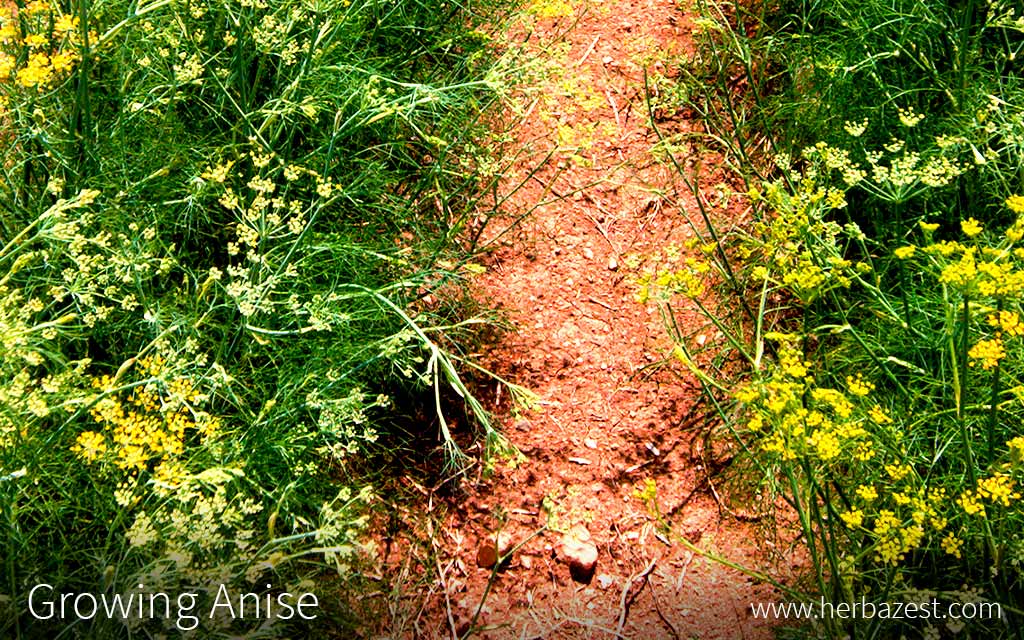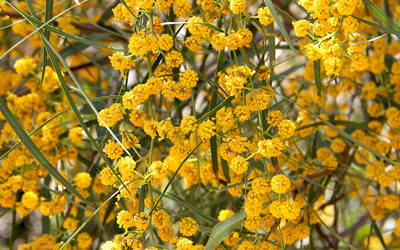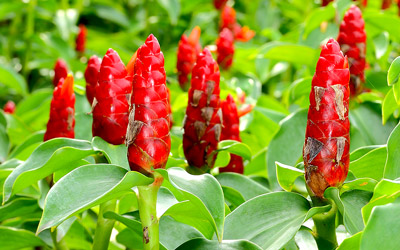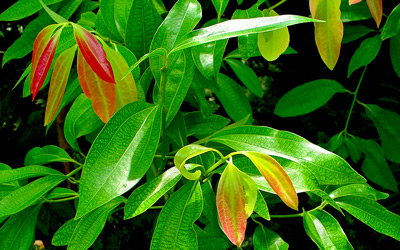The anise plant can reach a height of two feet (61 cm) and produces seeds in large clusters. This aromatic herb doesn't need special attention and can be a great addition to any garden; however, it will grow to its best potential if some ideal conditions are met. The following growing guidelines offer valuable advise about how to cultivate anise at home.
1. Preparing the Soil
Before planting anise, you should till the growing area to a depth of 12 inches (30 cm). Anise performs best in well-draining light sandy to medium loam soil. You can increase the water-holding capacity of the soil by mixing it with organic matter, such as compost or peat moss.
2. Planting
Planting Anise Outdoors
Anise can be started from seeds or seedlings. If you plant anise seeds, do it directly outdoors, in spring-warm soil, and keep in mind that anise requires at least 120 frost-free days to successfully grow.
Plant one or two seeds per inch (2.5 cm) at a depth of approximately half an inch (1.25 cm), in rows 18 - 30 inches (46 - 76 cm) apart.
After germination takes place, in the next 7 - 14 days, at an ideal temperature of 70°F (21°C), carefully separate the seedlings 6 - 12 inches (15 - 30 cm) apart. Anise seedlings are fragile and do not transplant very well, so make sure you don't disturb the roots while firming the soil at the base of the new growth; otherwise, the young plants will tend to flop.
Anise does great in both garden soil and large mixed containers. As it grows, it will need to be exposed to plenty of sunshine but protected from heavy winds because their thin stems are fragile.
It is recommended that you sow anise near coriander, as it has been shown that the presence of coriander helps to improve seed germination and development.
As long as it receives enough light and water, as well as cool temperatures, anise can be successfully grown indoors. However, don't expect it to grow very large, and use only the fresh, young leaves.
3. Plant Care
Watering
Anise prefers dry, well-drained soil. However, you will need to water it regularly in hot, dry weather. When the weather is very hot, it is best to water anise in the late afternoon in order to prevent the plant from being scorched. Anise requires uniform watering, as fluctuating wet and dry periods can adversely affect yield.
Fertilizing
Before planting anise, you should test the soil to understand its nutrient content. If the soil is very poor, you should add fertilizer. However, if the soil is already nutrient-rich, fertilizer will not be necessary. If you do fertilize anise, a nitrogen fertilizer is best.
Weed Control
To control weeds, apply mulch (straw or woodchips) around your anise plant. Be careful not to put too much mulch around the plant's stem base, as it may result in rotting. However, if weeds appear, you can remove them by hand.
4. Pest & Disease Control
While pests or diseases seldom affect the growth of anise, as a member of the parsley family (Apiaceae or Umbelliferae), it can sometimes be attacked by aphids during the flowering and fruiting period. The presence of beneficial insects - such as big-eyed bugs, green lacewings, hoverflies, lady beetles, and minute pirate bugs - as well as some parasites (hymenoptera, tachinids) can be a very effective way of protecting your anise plants from possible infestations.
5. Harvest
Anise seeds and umbels should be harvested in late fall. Harvesting anise can be difficult because the umbels and seeds ripen progressively and unevenly. While the seed in the umbel is still green, you should pull the plants out of the ground or cut off the tops by hand, then tie them into bundles and place them in a well-ventilated area in direct sunlight. This will allow the seeds to dry out. When the seeds have completely dried, rub the umbel between your palms to separate the seeds from the hull.
6. Storage
After anise has been dried, you should store the seeds in a dark, cool area in airtight containers. Later, anise oil can be extracted via steam distillation.
Under proper conditions, anise is quite easy to grow on your own in a garden or container. By cultivating this aromatic herb at home its excellent culinary and medicinal benefits will be readily available year-round.





